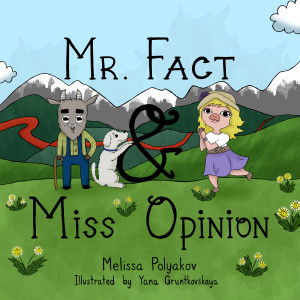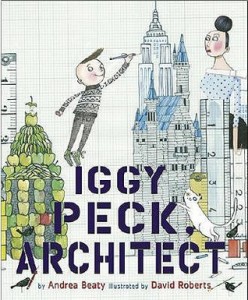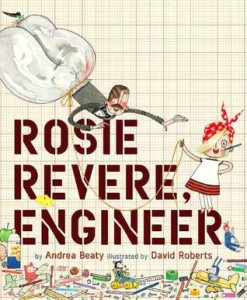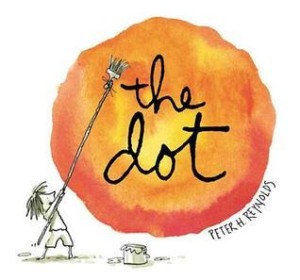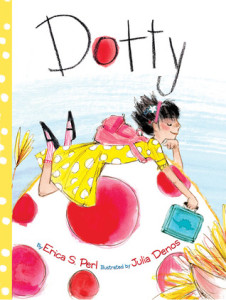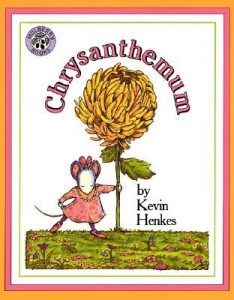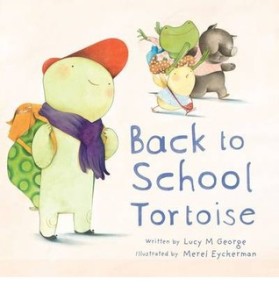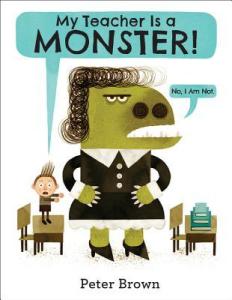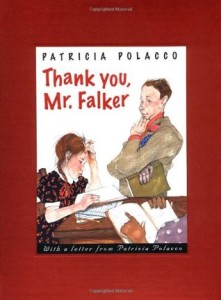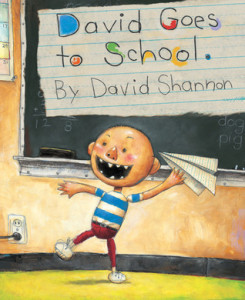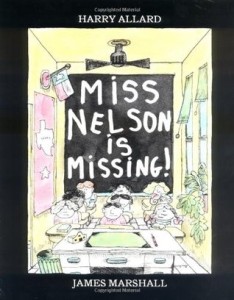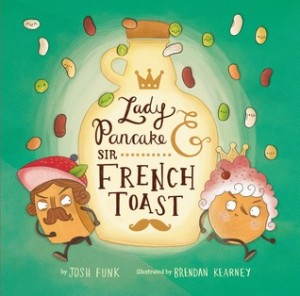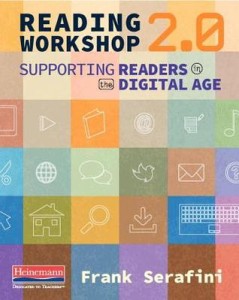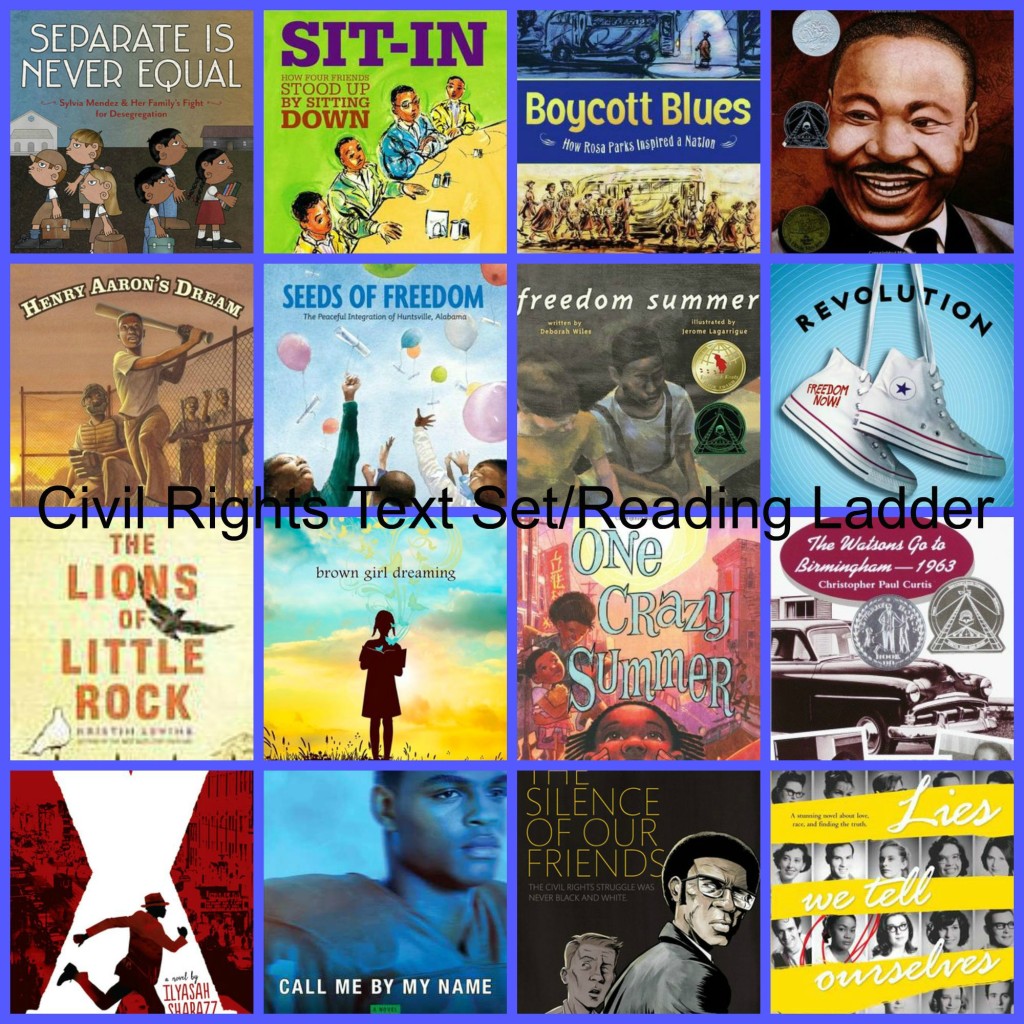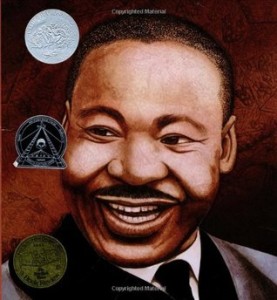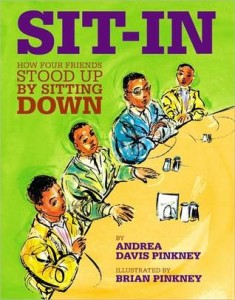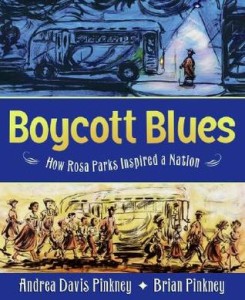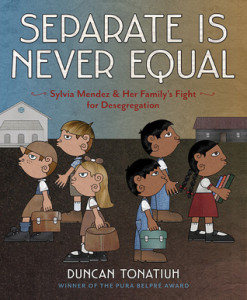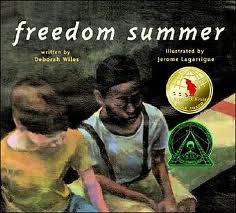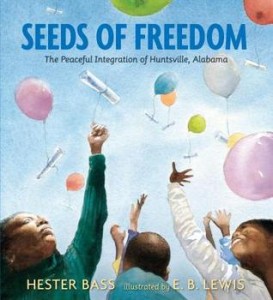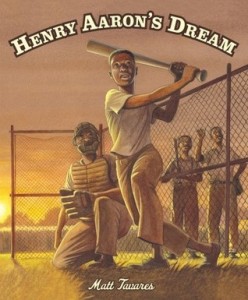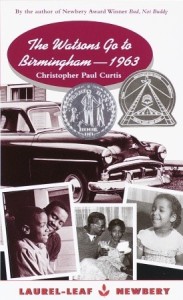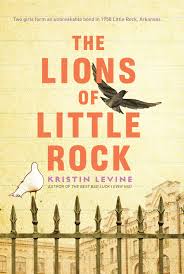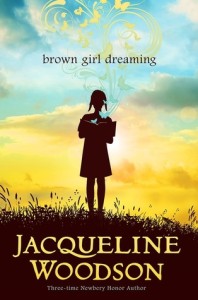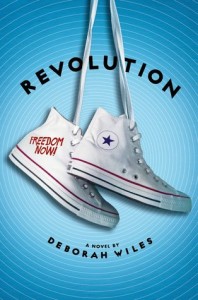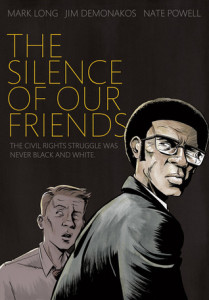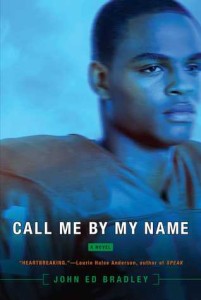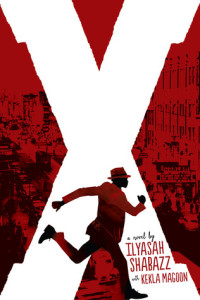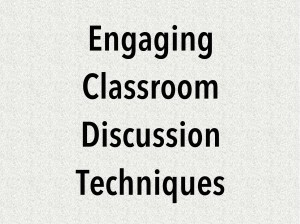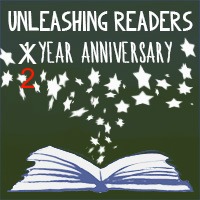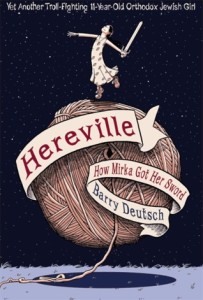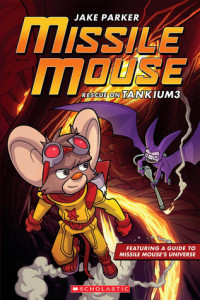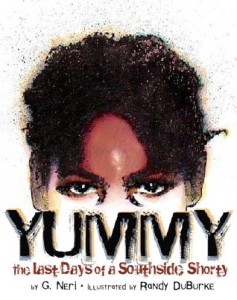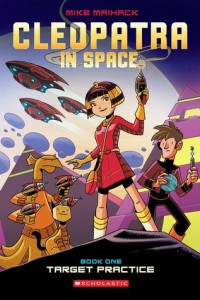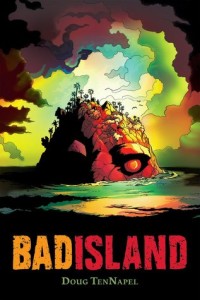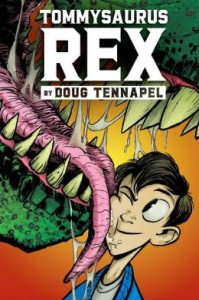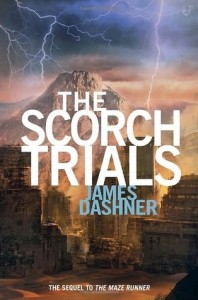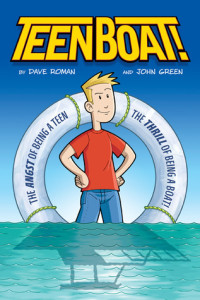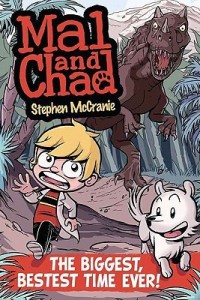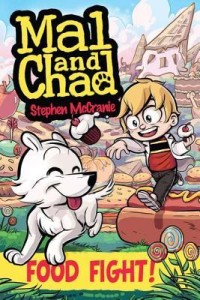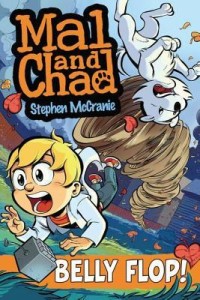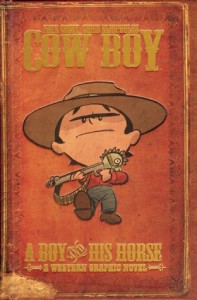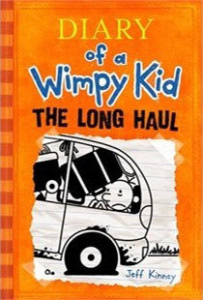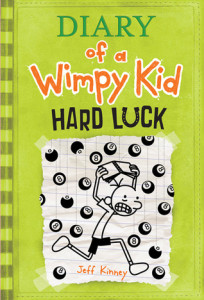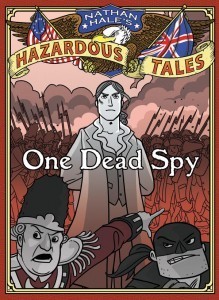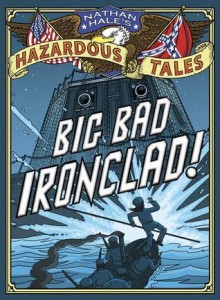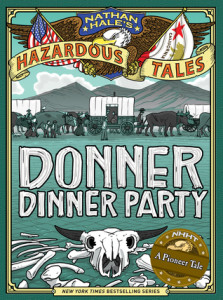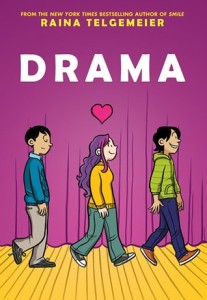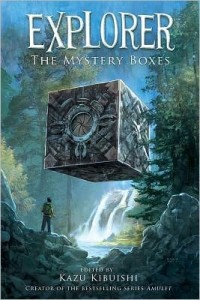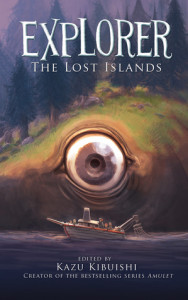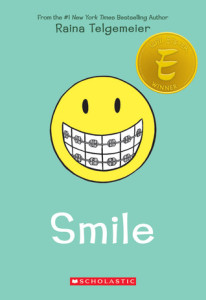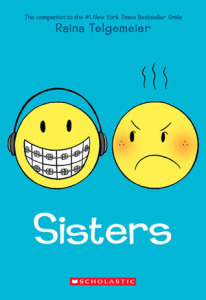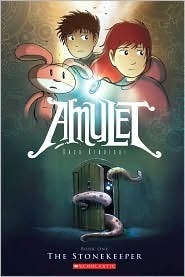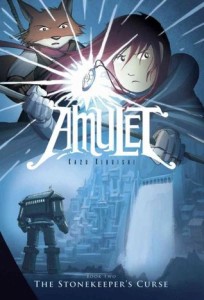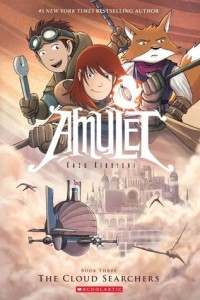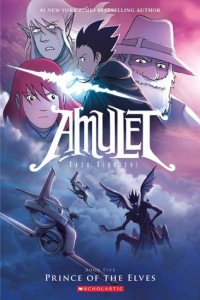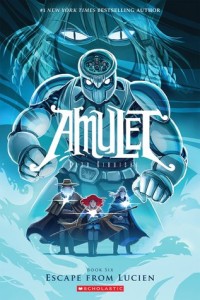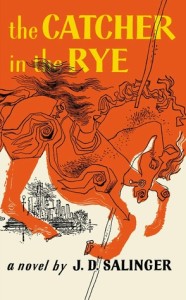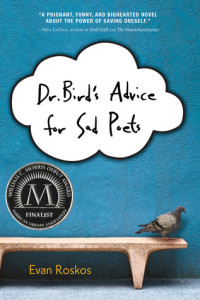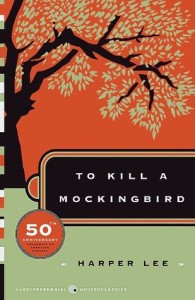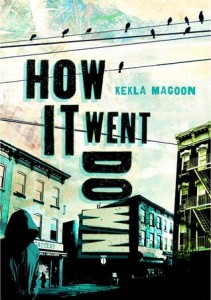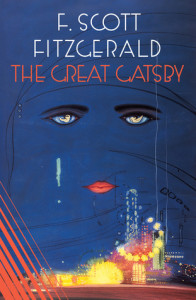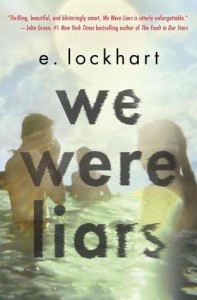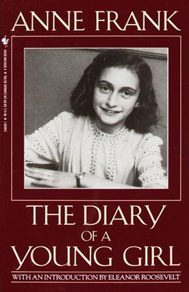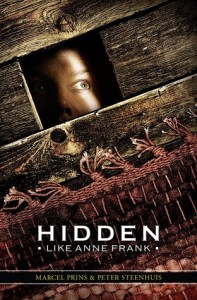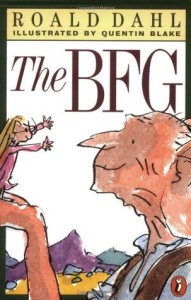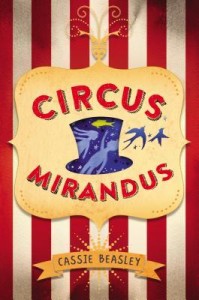“An Element of Fun”
In every job that must be done there is an element of fun. – Mary Poppins
I believe that my experience as a teacher is very much like the students’ experiences. The school year starts with excitement, anticipating what’s new. The work isn’t too much of a bother because we’re fresh and there just seems to be a feeling of, “Well, that’s what we’re back to school to do!” Two months later…
Teacher thoughts: How long is this grading going to take? I’ve only graded 10 papers? It feels like 20! When will the work end? I just want to sip some coffee and read a good book.
Student thoughts: How much more homework are we going to have? Seriously? I just want to go outside.
The school year officially begins and the days start to feel longer. If the routine stays the same, everyone will be worn out by December. After teaching my first year and experiencing the need for change in my daily routine, I learned something very important about myself, and I believe about students as well. Sometimes, you just have to have fun and make work feel like play in order to stay motivated.
In my training for becoming a teacher, one of the main pieces of information we were given about students was that they need to stay motivated. If they are going to keep learning and stay engaged, they need to stay interested in the topic. I know this to be true about myself. I noticed in the slow months of teaching, I had to do things to keep my job fun so that I would stay motivated to continue working hard and being the best teacher I could be. Around Thanksgiving I would buy new pumpkin and fall scents to put in my wax burner. As the room would fill with the smell of a nice, warm, baked pumpkin pie, all of our faces would smile, our shoulders would relax, and questions would arise from around the room saying, “Mmmmm!! What’s that smell?!” Immediately, the feeling of the classroom went from “reading my 2 chapters” to reading a book in a cozy home. The smell would motivate the students to work because the environment had changed to something different. A good different.
At the end of teaching a unit, I could always tell the students seemed to be trudging along, needing a boost in their step. I would also need a little boost in my step after all the work put together to organize and teach the unit. All of us needed some kind of break, while still having class and continuing to learn. This was when I would put the books and pencils away and play Jeopardy. The students loved playing Jeopardy and it was a way for them to review all the information they had been learning over the last month or two. After playing Jeopardy over a couple days, the students were re-motivated and re-energized to learn and continue working hard. I believe this is because we all are motivated by something we enjoy. For students, playing is something they enjoy. When learning and working feels like play and there is an element of fun, the energy goes up and everyone is motivated to continue working.
This brings me back to the original quote from Mary Poppins which says, “In every job that must be done there is an element of fun.” When we work, we must find the fun. We must find ways to make it engaging and motivating. This was my goal when writing my recent book Mr. Fact and Miss Opinion. I wanted to give parents and teachers the opportunity to teach about fact and opinion through a story and not through a workbook. I wanted to add a fun, playful element to a not-so-interesting topic. Not only does the story teach the difference between fact and opinion in a silly and entertaining way, it also shows how two completely different characters can become the best of friends. It can act as a teaching guide for both parents and teachers while also being a cute, beautifully illustrated story about a goat and a pig who develop a friendship and learn about each other. When a story such as this is used to teach a lesson, students remember it because it was wrapped up in a fun, playful package. Children’s literature plays a vital role in the education of children, and I believe that it can and should be used to educate children on a multiplicity of subjects. That is my goal as an author and teacher. I would love to see more books that teach about specific concepts within a story that is fun and entertaining. If you have a favorite children’s book that taught you or your children or your grandchildren something important, please share it so we can benefit from each other’s wealth of knowledge.
Mr. Fact and Miss Opinion Summary:
This book is a lively and lyrical story about unlikely neighbors, a goat named Mr. Fact and a pig named Miss Opinion.
About the Author: Melissa has a Bachelor of Science Degree in Elementary Education from Multnomah University in Portland, OR, and is a member of SCBWI. An educator since 2012, she has taught multiple ages and subjects. However, it was working as the school librarian where her love for children’s literature grew. During her free time, Melissa and her husband enjoy playing volleyball and spending time outdoors with their beloved Goldendoodle.
Thank you so much to Melissa for her reflections about finding the fun in teaching!
